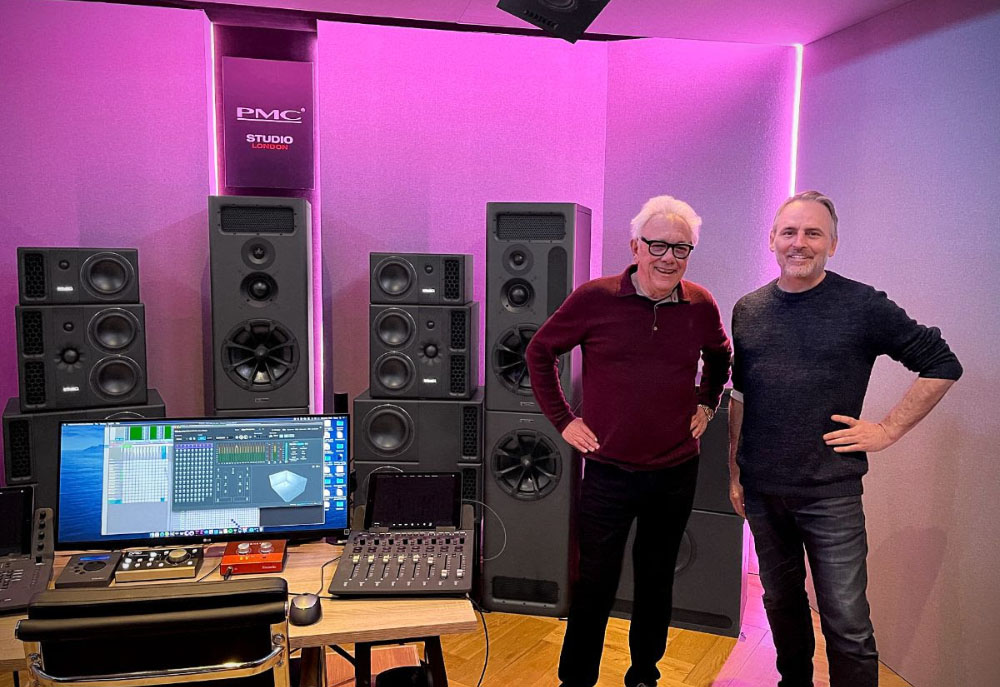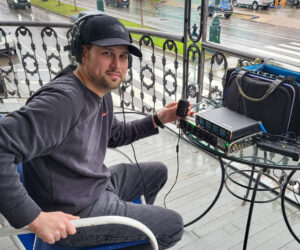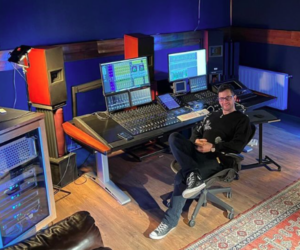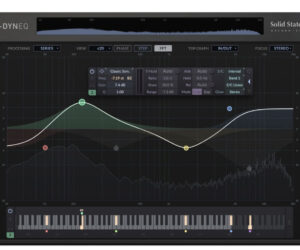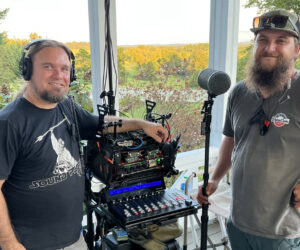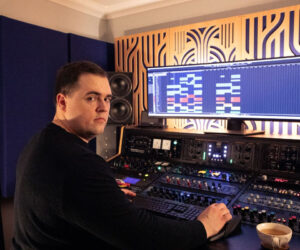Thirty years after it debuted at number 1 on the UK charts, Seal’s self-titled first album was recently remixed in Dolby Atmos spatial sound by orignal album producer Trevor Horn, with loudspeaker manufacturer PMC making its Atmos-equipped London demo facility available for the re-mix.
Seal signed to Horn’s Warner-distributed art-house label ZTT In 1990, soon after the success of Killer, the number 1 single he recorded in collaboration with DJ/producer Adamski. Over the following months Horn recruited a group of session musicians and the album was recorded in several different studios, including Sarm West in London’s Notting Hill. Following its release in May, 1991, Seal won Best British Album at the 1992 Brit Awards, while the track Killer, which was re-worked for the album, won the artist an Ivor Novello award for songwriting.
To create the Dolby Atmos Music mix of Seal, Horn and mix engineer Tim Weidner spent three days in PMC Studio London. “PMC has championed Dolby Atmos for music for more than five years and has built Atmos monitoring systems for many top studios including Capitol in Los Angeles and Dean Street Studio in London,” says CEO Jeff Willcocks. “As part of our forward-looking remit we are keen to promote the Atmos format to artists and producers who might not otherwise have considered it. For this reason, we are very happy to make our demo facilities in London, Los Angeles, Nashville and New York available to those who want to push the boundaries.”
Horn was invited to mix the Seal project at the facility by PMC studio manager Heff Moraes. Horn and Weidner spent two days at the studio, which is set up for mixing music rather than sound to picture projects.
“I’ve always liked PMC speakers because they’re very accurate and don’t color the sound,” Trevor Horn says. “In that way they are like a scientific instrument, and one that can be relied on. Mixing in Atmos does require a lot of speakers and at present my own studio isn’t set up for this. However, I’m in the process of installing a Dolby Atmos system and this will incorporate PMC ci Series monitors.”
He notes that while mixing in Atmos was straightforward, the biggest challenge the project faced was collating the original stereo multitracks for the Seal album” “It took a lot of time to track down the original tapes. We eventually found most of them, and what we didn’t have we worked around by using 5.1 mixes or live recordings. This was my first experience of mixing in Dolby Atmos and it was an interesting experiment, especially for someone who has mainly recorded in stereo for the last 50 years.”
Weidner adds, “PMC speakers have such fantastic clarity that they made our lives much easier when mixing this project in Atmos. The songs on this album are quite sonically complex so the clarity that PMC delivers was extremely helpful in achieving great Atmos mixes.”
The Dolby Atmos version of Seal will be available soon through streaming services.


